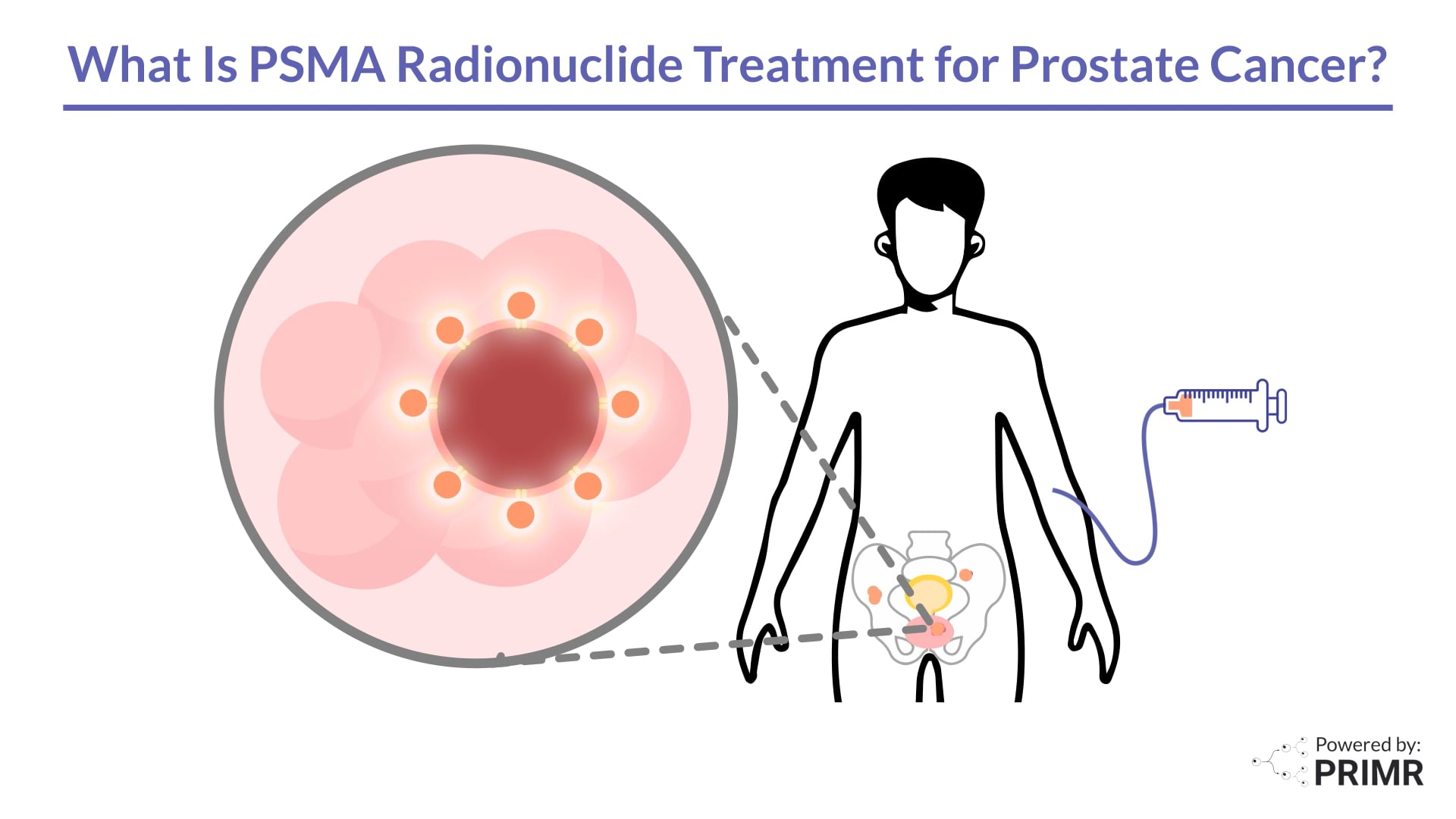PSA After Surgery for Prostate Cancer - Am I cured?
How do we know if prostate surgery worked? In this video, we discuss PSA surveillance.
Read the full video transcript below:
The question on most men's minds after prostate cancer surgery is “how will we know that this worked?”.
The answer is we'll track a simple blood test called PSA.
In this image, we're measuring PSA on the y-axis. Over here, time is measured on the x-axis.
Down here, as an example, let's think of a hypothetical 65-year-old man who undergoes a series of PSA tests over a number of years. The PSA starts low and within normal limits, but over time, it creeps up until eventually, it exceeds normal limits. At that point, the test is repeated, and this confirms an abnormal result. Ultimately, he elects to undergo surgery for cure.
Remember, there are only two things in the body that can create PSA: a normal prostate gland and prostate cancer.
So after a successful prostate cancer surgery, when the entire gland is removed and all of the cancer is removed, the PSA returns to zero. After surgery, we continue to measure the PSA every 6 months. For many men after surgery, the PSA remains zero for the rest of their life. These men are effectively cured of prostate cancer.
But some men will experience a PSA rise after prostatectomy. In this case, your doctor may recommend additional treatment with radiation, which can result in a cure even after recurrence.
This is not medical advice. Talk to your doctor before making a medical decision.

.jpg)
.jpg)
%20Thumbnail.png)







.jpg)
.png)


.jpeg)








.webp)

